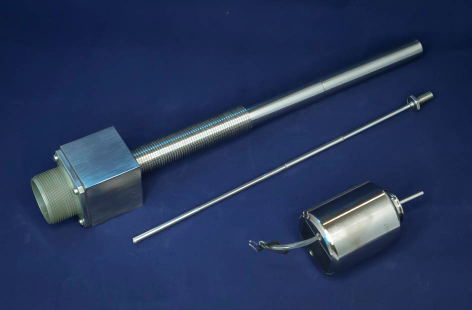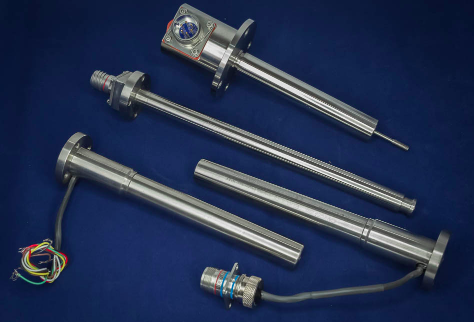Does a LVDT Need Signal Conditioning?
Linear Variable Differential Transformer/Transducers (LVDTs) are used to convert mechanical motion or vibrations of an object into an electrical signal, voltage, or a corresponding electrical current. They are used whenever a physical position needs to be converted into an electrical output for control purposes.
At Sentech, we design and develop a wide range of position sensors and signal conditioners utilizing inductive technology and with materials tailored for specific applications. We have provided custom solutions for harsh environment applications for more than three decades, including Nuclear Turbines, Power Generation, Gas and Steam Turbines, and more.
To better understand how the LVDT sensor works, we first must answer some critical questions. First off, what is signal conditioning? And does an LVDT need signal conditioning?

Signal Conditioning
Signal conditioning is a critical component of any sensor control system. A signal conditioner is a device that takes an analog signal from a process and converts it into a signal that is compatible with control systems and process monitoring. In most cases, LVDTs need signal conditioning to some level. The only case in which signal conditioning is not needed is if there is an abundance of signals coming out of the LVDT. Thus, signal conditioning helps set and prepare an analog signal that's coming out of the LVDT for amplification or digitization of the signal.
What is the LVDT Working Principle?
LVDT applies the principle of mutual induction and displacement, where non-electrical energy is converted to electrical power. This takes us to the concept of primary and secondary windings. Essentially, the LVDT is made of a cylindrical coil covered by a primary winding at the center and surrounded sideways by two secondary windings.
The secondary windings are of the same size and rotate in opposite directions. Thus, the net output voltages form the difference between the two. As the core slides back and forth from the center, your displacement value becomes a plus or minus. And that is how you get to know the average percentage of the distance between the primary and secondary windings. This will help you determine how much the object you're measuring has moved.
What are the Applications of LVDT?
LVDT transducers are used to measure force, pressure, weight, and more in many applications. To measure these quantities, they are first converted into displacement by the primary transducers, and then it is used to convert the displacement into an electrical output. That said, here are the main LVDT applications:
- Weight sensitive applications
- Factory automation
- Gas Turbines
- Valves
- Fuel controls
- Environmental control systems
- Tests and Measurements
- Automotive testing
- Engine bleed air system
- Marine and subsea application
- Steam Turbines
- Pulp and paper industry and more

Key Takeaways:
- A signal conditioner is a device that takes an analog signal from a process and converts it into a compatible signal.
- The working principle of a LVDT includes mutual induction and displacement.
- LVDTs have many identifiable applications such as fuel controls, factory automation, valves, and many more.
Get Solutions to All Your LVDT Needs Today from Sentech
As an international trailblazer for developing and creating position sensors, we at Sentech strive to meet the varying demands of various critical industries. We work closely with you to understand your needs and requirements to tailor your sensors to your specific needs. Please get in touch with us today for all your LVDT needs, including FASTAR sensors, signal conditioners, and RVDTs.


